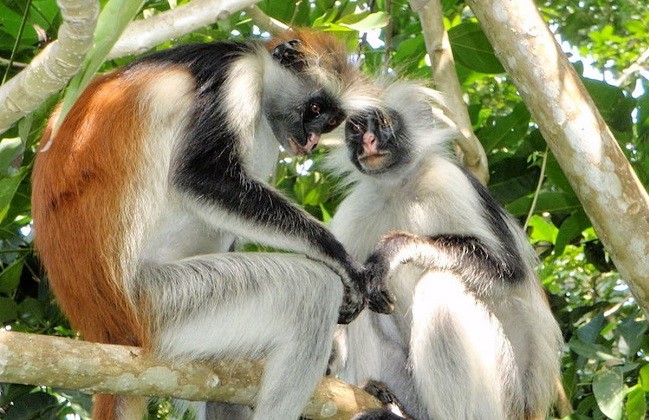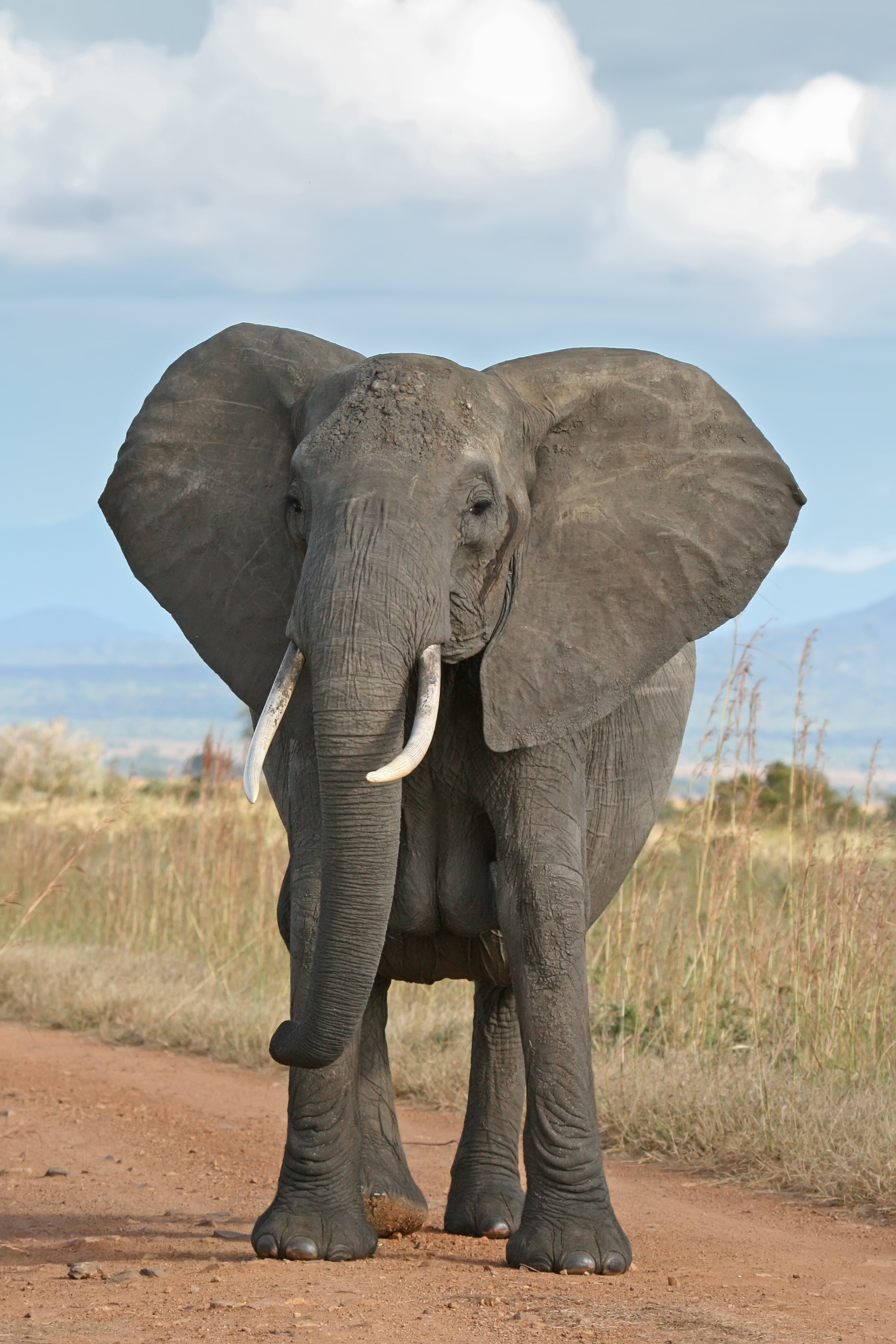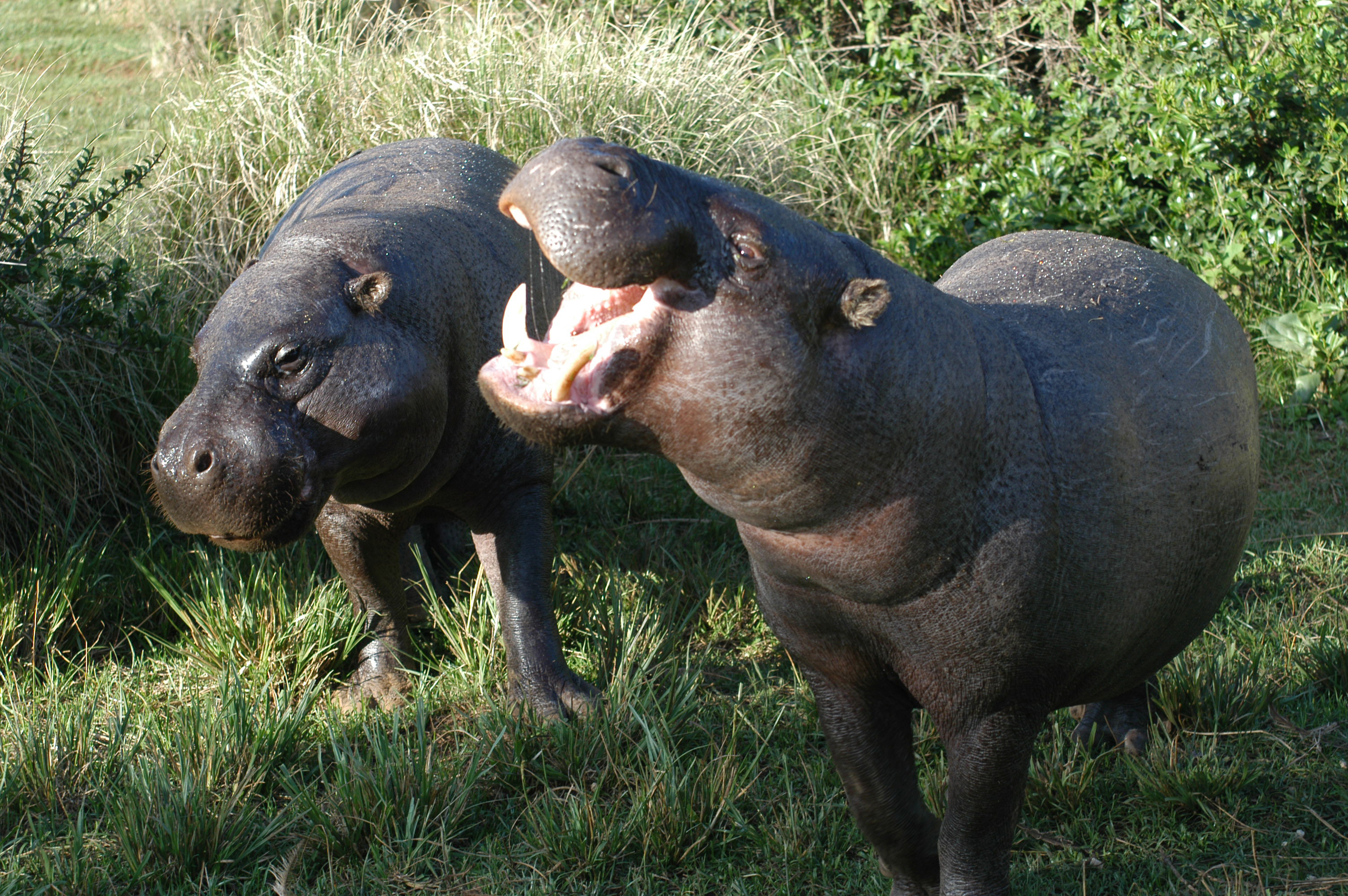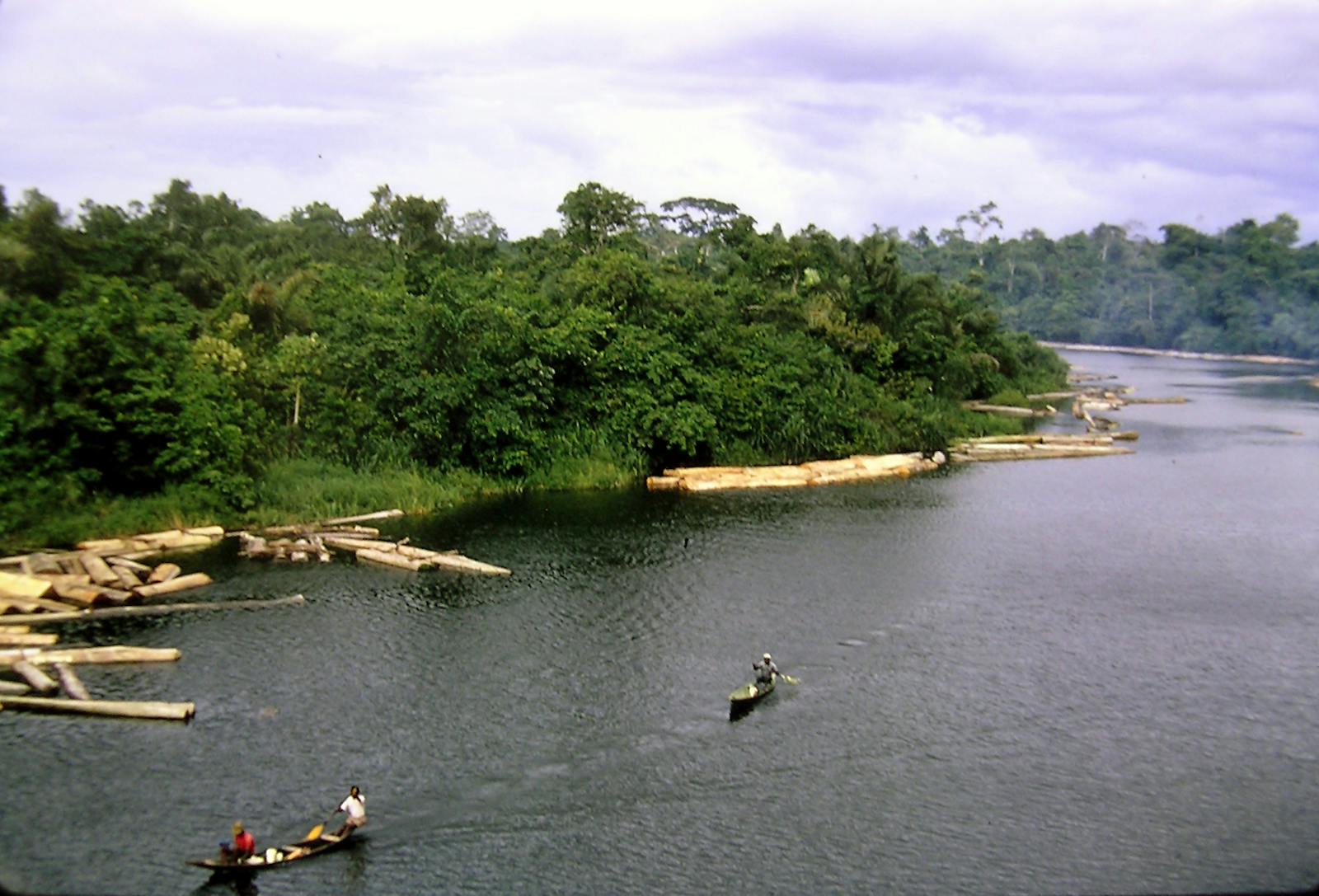Niger Delta Swamp Forests
The ecoregion’s land area is provided in units of 1,000 hectares. The conservation target is the Global Safety Net (GSN1) area for the given ecoregion. The protection level indicates the percentage of the GSN goal that is currently protected on a scale of 0-10. N/A means data is not available at this time.
Bioregion: Gulf of Guinea Coastal Forests & Mangroves (AT17)
Realm: Afrotropics
Ecoregion Size (1000 ha):
1,444
Ecoregion ID:
22
Conservation Target:
8%
Protection Level:
10
States: Nigeria
For millions of years, since the Upper Cretaceous period, the Niger River has ebbed and flowed in accordance with changes in rainfall patterns, all the time depositing sediment at its mouth creating the Niger Delta. This ecoregion comprises the largest swamp forest habitat in Africa after the Congo Basin Swamp Forests. Since the discovery of oil in this region, this former refuge for plants and wildlife is now highly threatened by human activity. Two endemic mammal subspecies that have been affected are the Niger Delta red colobus and the Niger Delta pygmy hippopotamus.

The flagship species of the Niger Delta Swamp Forests ecoregion is the Niger Delta red colobus. Image credit: Courtesy of Olivier Lejade
The ecoregion forms a triangle bordered by the town of Aboh at the northernmost tip, the Benin River along the western boundary, and the Imo River along the eastern boundary. There is a long rainy season from March-April to October where precipitation increases from the north of the delta (with an average of 2,500 mm) to the coastal area (with an average of 4,000 mm). The dry season peaks in January and February, with a monthly mean of 150 mm rainfall. The most important determinant of biological variation in the delta is its hydrology which is determined by precipitation, tidal movements, and the Niger River flood. Since the completion of the Kainji Dam in 1968, the opening and closing of the dam sluices is also important.
The swamp forest is subdivided into three zones: the flood forest where there is complete inundation in October to December, the eastern delta flank, which is shrinking relative to the western flank, and the central backswamp area crossed by old creek levees. Most of the forest soils consist of waterlogged clay covered by peat. The flood forests are commonly dominated by tree species of Lophira alata, Pycnanthus angolensis, Ricinodendron heudelotii, Sacoglottis gabonensis, and Uapaca spp. The central backswamp area is dominated by members of the families Euphorbiaceae, Annonaceae, Guttiferae, Rubaiceae, Myristicaceae, and Ctenolophonaceae.

African bush elephant. Image credit: Muhammad Mahdi Karim, Creative Commons
There is little information on the faunal species composition of this ecoregion as wildlife surveys in the delta were not conducted until the late 1980s. In the 1990s, a number of species previously unknown from the delta or Nigeria were discovered, including the black-fronted duiker, pygmy scaly-tailed flying squirrel, and small green squirrel.
The Delta’s floral assemblage appears to be unique, although endemic plants are not known. The Delta is also regarded as a small center of endemism for animals. There are two near-endemic species of monkeys: the white-throated guenon and Sclater’s guenon. Threatened species found here are the African elephant, chimpanzee, crested genet, and the Niger Delta pygmy hippopotamus.
For many years, the delta escaped the habitat destruction typical of its neighboring ecoregions because it supported lower human population densities and little socioeconomic activity. This was primarily due to the lack of accessibility into the delta. This changed when oil was discovered here in the 1950s and the associated activities (road and canal building) opened up large sections of remote delta habitat for exploitation.

Pygmy hippopotamus. Image credit: Creative Commons
Additionally, during the 1950s, Abura became the most important timber species in Nigeria after Abachi. This species has now been logged out from the delta and logging has shifted to other species that float. Forest reserves exist including the Upper Orashi, Nun River, and Lower Orashi. However, these are heavily exploited for their timber. The only effective habitat protection is found in small sacred groves protected by communities, who also protect animals including crocodiles in a number of lakes and chimpanzees in Nembe.
A growing human population, conflicts between different ethnic groups, national political instability, and unsustainable exploitation of natural resources all exist in this ecoregion. The human population of the Niger Delta is growing rapidly, and most of the natural resources (e.g. fish, timber) can no longer meet local needs. The inhabitants of the densely populated ecoregions next to the delta have depleted their natural resources even more, and look to the delta to provide alternatives. People from as far as Ogoni, located more than 50 km to the east of the delta, come to the central area for part of the year to fish. Fish populations are now declining, and frozen marine fish is for sale in the larger towns of the delta.
The priority conservation actions for the next decade will be to: 1) provide science-based biodiversity remediation guidance for the case of oil spills; 2) create a community development fund to provide schemes which aims to improve sustainable livelihoods, manage natural resources and build governmental capacity; and 3) mainstream biodiversity management priorities into oil and gas development operations.
Citations
1. Critical Ecosystem Partnership Fund. 2015. Ecosystem Profile: Guinean Forests of West Africa Biodiversity Hotspot.
2. United Nations Development Programme. 2012. Niger Delta Biodiversity Project. [Accessed 8 January 2018]. Available from: http://www.undp.org/content/dam/undp/documents/projects/NGA/Niger%20Delta%20Biodiversity_Prodoc.pdf
3. United States Agency for International Development. 2013. Nigeria Biodiversity and Tropical Forests 118/119 Assessment. [Accessed 8 January 2018]. Available from: http://www.usaidgems.org/Documents/FAA&Regs/FAA118119/Nigeria2013.pdf




